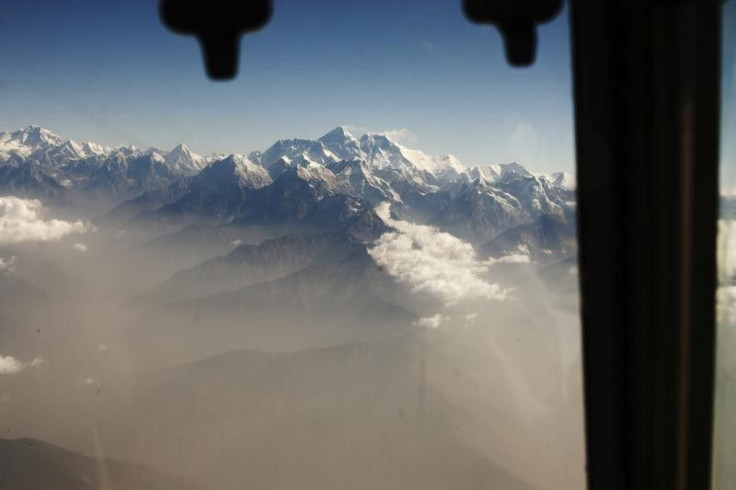Climbers Welcome to Mt Everest, But Required to Bring Down 8kg Worth of Thrash – Nepal Gov't

Nepal is again bracing for an influx of visitors wanting to trek up the challenging Mount Everest this spring, with an equal amount of potential thrash going to be left behind by the so-called nature lovers and protectors. To counter this, Nepal authorities on Monday announced adventurous climbers will now be required to bring eight kilogrammes (18 pounds) of thrash when they come down.
Over the past six decades, Mount Everest conquerors have left behind an estimated 50 tonnes of trash that include discarded food containers, torn tents, empty oxygen bottles, and yes, even bodies of climbers who died on the mountain.
And as more and more people trek up to conquer the world's highest mountain, Nepal government authorities expect more thrash would be accumulated there if they don't take action now.
Video Source? YouTube/ Mrbikiwiki2012
Effective this spring, a climber will now be required to bring down eight kilogrammes of waste, "and that excludes their own empty oxygen bottles and human dung," Madhusudhan Burlakoti, joint secretary of Nepal's tourism ministry, said. The new rule will apply to those who want to trek beyond the Everest Base Camp, situated at 5,300m (17, 388ft).
Officials at Mount Everest base camp will check each climber who descends from the mountain. If they opt not to carry down thrash, the climbers risk losing the $4,000 deposit they made for the climbing experience.
"We at least want the climbers to compulsorily bring back their human waste," Mohan Krishna Sapkota, spokesman for country's tourism ministry, said. "We can even consider barring the climbers who fail to do that."
Nepal expects the new rule will facilitate for a collection of eight tonnes of thrash off the 8,848m (29,029ft) Mount Everest in 2014 alone.
"We are not asking climbers to search and pick up trash left by someone else. We just want them to bring back what they took up," Maddhu Sudan Burlakoti, head of the mountaineering department at the tourism ministry, said.
Mr Burlakoti pointed out the government tried to institute measures to reduce and eliminate waste from Mount Everest, but these have "not been very effective."
"This time, if climbers don't bring back garbage, we will take legal action and penalise them."
A group of 31 sherpas carried out an expedition in 2010 to rid Mount Everest's dead zone, so called because oxygen levels drop at that height, located 8,000 metres above sea level of thrash. They collected more than 4,000 pounds of garbage.
Video Source: YouTube/ deathzonemovie
It was New Zealand climber Edmund Hillary and his Sherpa guide Tenzing Norgay who first conquered the Mount Everest summit in 1953. Since then thousands have trekked up the treacherous mountain, but only few managed to conquer it, much more live to tell it.





















